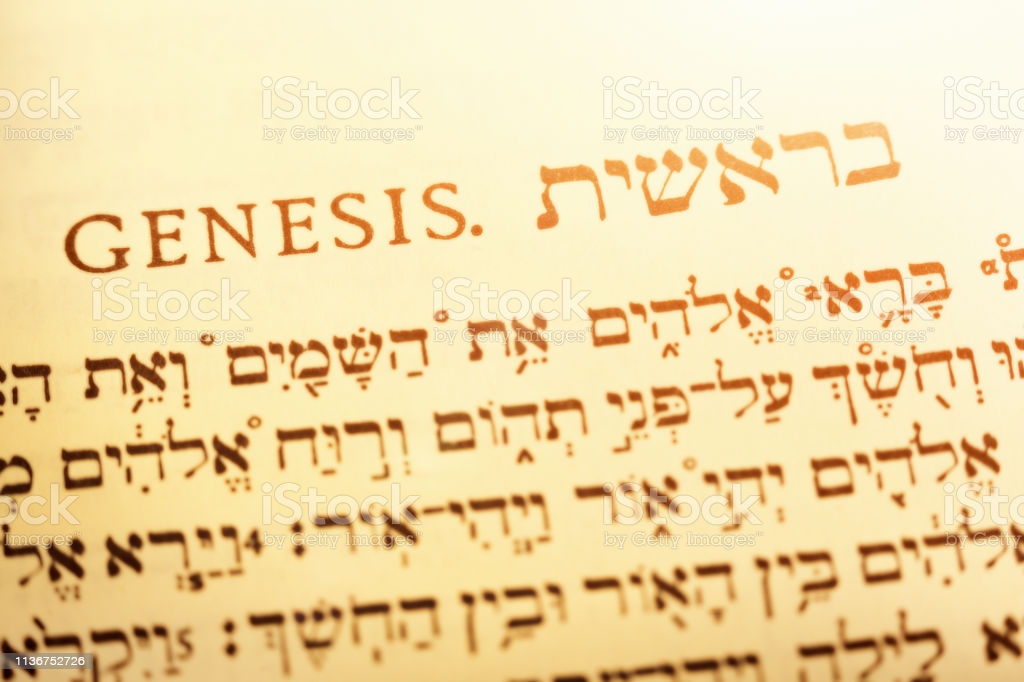As we begin our discussion of the Creation Story found in Genesis 1:1-2:4 this Tuesday evening, it is helpful to understand both the context in which this Story was written down and the appropriate means to approach and read this Story.
Genesis Background –
Scholars are uncertain as to when the Creation Story of Genesis 1 was composed and written. Most likely it received its final form during the Babylonian Captivity which occurred when Jerusalem fell to the Babylonians (c.587 BC) who exiled most of the inhabitants to Babylon (near modern Bagdad). At the time of the exile, the standard Ancient Near Eastern creation myth was the Enuma Elish. According to the Enuma Elish, in the beginning, there was only undifferentiated water swirling in Chaos. Out of this swirl, the waters divided into the sweet, freshwater of the god Apsu, and the salty, bitter water of the goddess Tiamat. Tiamat is often portrayed as a many-footed dragon-like sea serpent. Once differentiated, the union of these two entities gave birth to the younger gods. Because the younger gods were disturbing, Apsu decided to kill them. One of the younger gods, Enki, kills Apsu instead. Another young god, Marduk (the chief Babylonian god) then kills Tiamat and uses her corpse to create the heavens and the earth and stretches out her corpse to separate the waters below from the waters of the sky. Marduk also kills the younger god, Quingu (who has taken the side of Tiamat). Enki mixes Quingu’s blood with clay to form the first human beings who will help the gods maintain order and keep chaos at bay. The complete text of this myth is Here. Hints of this ancient myth are found both in Isaiah and Job, where God is seen as slaying the sea serpent. Isa. 51:9-10, Job 26:12-13. The Enuma Elish is not much different than classical Greek mythology where the gods are the children of the Titans (such as Kronos) who are the children of Earth (Gaia) who arose out of Chaos.
Although the Genesis story shares some superficial characteristics with the Enuma Elish, particularly in its general structure, Genesis presents a radically different creation narrative. Genesis is wholly unconcerned with the politics or the nature of the heavenly realm and Genesis is generally unconcerned with even the nature or cause of God himself. The God of Genesis, unlike the gods of the other creation myths, is preexistent and is neither temporally nor spatially bound. We will look further at this Divine Simplicity as we dive deeper into the Story over the next several weeks. This Simplicity also carries over into the Story itself which is characterized by a compactness, solemnity, and dignity that is not found in the other creation mythologies. The Genesis story is truly sui generis.
How to Read Genesis –
Genesis 1 was not written in light of our modern Enlightenment understanding of science or history. The text is neither good science nor good history. (For example, how can there be light or a day in v.3 when the sun is not created until v.16 or how can the sky be a “firmament” like sheet metal?) When we try to read the story scientifically or historically, we lose its deeper meanings. The purpose of Genesis isn’t to tell us how, but why. Its purpose is to tell who God is, who we are, and our place in God’s creation. This will be the object of our discussions. If you have 15 minutes, a good talk on how the Church reads Genesis (from an Orthodox Coptic priest) is HERE.
In his Confessions, Augustine tells us that he initially rejected Christianity, in part, because in saying the man was made in God’s image (v.27), Christianity taught that God is limited by a bodily shape and has hair and nails. Bk.III, Ch.7. However, Augustine goes on to tell us that he began to give Christianity a chance after hearing Bishop Ambrose of Milan (340-397) give a sermon on how to read the Scriptures and particularly Genesis 1:27. Augustine writes, “Ambrose often recommended this text most diligently as a rule: ‘The letter kills, but the spirit gives life,’ (2 Cor. 3:6) while at the same time he drew aside the mystic veil and opened to view the spiritual meaning of what seemed to teach perverse doctrine if it were taken to the letter. . . . I could see that [offensive and incongruous passages of Scripture] were to be resolved by the mysteries of spiritual interpretation. The authority of Scripture seemed to me all the more revered and worthy of devout belief because it reserved the full majesty of its secret wisdom within its spiritual profundity.” Bk. VI, ch. 4-5. As we begin our walk through Genesis and mine its depths over the next several weeks, we will continue to bring out these spiritual meanings from the text.
If you have time prior to Tuesday, please read through the text of Genesis 1 and, if possible, the JPS Commentary. On Tuesday, we will simply read through the entire story and discuss its broader outlines.
For it is the God who said, “Let light shine out of darkness,” who has shone in our hearts to give the light of the knowledge of the glory of God in the face of Christ.
2 Cor inthians 4:6


Pingback: The Revelation – The Two Beasts (666) – Rev. 13 – Ancient Anglican